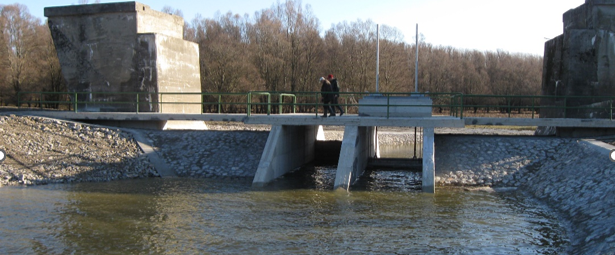Revitalisation of side arms and backwaters of Béda-Karapancsa (Mocskos Duna)


NBS info
| Country | Hungary |
| River, water body | Danube |
| Stage | RF |
| Size | Small |
| Geotype | Large |
| Innovative Solutions |
 |
 |
Project summary
The aim of the project was improving the water discharge of Mocskos-Duna, which is an app. 4 km long oxbow on the Danube’s floodplain. During the project a water retention sluice has been constructed into the mouth of the oxbow to retain the water after the floodwaves.
Best practices and references
Within the planning process we have focused on the principle to reach the largest benefit by the smallest intervention. So only a relatively small size artefact has been built, the other part of the oxbow remained untouched.
Environmental, socio-cultural, economic impacts
The certain section of the oxbow used for leisure angling by a local fishing association. The improved water also create more favourable condition for the fish communities.
Replication and scalability
The constructing of water retention artefact has been done in case of other restoration projects.
Participation process
The planning and implementation has been developed with the cooperation of South-Transdanubian Water Management Directorate and the Danube-Drava National park Directorate. The Gemenc state forest company- who is responsible for the management of nearby forest- was also involved in planning procedure.
Lessons learnt
The permanent riverbed erosion of river Danube resulted, that the level of the sluice calculated 15 years ago is a slightly high now and the sluice has to be operated more frequently than it was expected a decade ago.
